
Tate Modern London: Your Deeply Personal Guide & Ultimate Visitor Tips
Unlock the Tate Modern's secrets with this ultimate guide for first-timers. Discover its architectural marvels, navigate groundbreaking art, get insider visitor tips, and embrace an enriching London cultural experience. Featuring Kusama, Richter, Basquiat, and more!
Your First-Timer's Deeply Personal Guide to Tate Modern, London: Art, Insights & Unforgettable Experiences
I'll be honest with you, walking into a massive institution like the Tate Modern can feel a bit like trying to read a textbook written in an alien language. You know it's supposed to be profound, maybe even life-changing, but where do you even begin? It's like being handed a giant box of LEGOs without instructions and being told to build a masterpiece – exciting, yes, but also a little daunting. For years, I approached these grand museums with a mix of awe and sheer intimidation. But lately, I've started seeing them not as daunting textbooks, but as vibrant playgrounds for ideas, places where the world's most inventive minds laid out their soul. Sometimes in ways that make you scratch your head, other times in ways that resonate deep in your bones. In this guide, I'll walk you through my own quirky, slightly overwhelming, but ultimately exhilarating experience at Tate Modern – the kind where you might get delightfully lost, then find yourself utterly captivated by a single brushstroke. My aim is to offer a personal playbook for conquering this London icon, helping you navigate its awe-inspiring art and essential visitor logistics so you can truly make it your own, transforming potential disorientation into an enriching artistic journey.
First Impressions: A Power Station Transformed into a Creative Cathedral
Picture this: a colossal brick building, towering over the Thames, once belching smoke, now breathing art. That's the Tate Modern for you. Before its transformation into a cultural beacon, the Bankside Power Station dominated the skyline with its industrial might, a testament to London's post-war energy needs. Its closure in 1981, following deregulation and shifting energy policies, left a monumental husk awaiting new purpose. This wasn't just any old building; it was a prime candidate for London's burgeoning urban regeneration efforts of the late 20th century, much like how entire areas like the South Bank were reimagined. Think of how similar industrial behemoths globally – from the High Line in New York to the Ruhr area's industrial heritage sites in Germany – have found new life, transforming forgotten sites into vibrant cultural and residential districts.
Herzog & de Meuron, the visionary architects behind its transformation, didn't just renovate; they performed a spectacular act of architectural alchemy. They kept the raw, imposing shell of the power station—those formidable brick walls and the towering chimney—but scooped out its industrial guts to create cavernous, light-filled spaces designed for human expression. The sheer ambition, the engineering challenges of carving out such a colossal space within an existing structure, truly boggles the mind. Honestly, the architecture alone is a masterpiece, creating a fascinating conversation between its industrial past and artistic present. You feel the echoes of its former life in the raw concrete and soaring scale, now repurposed to house profound human expression, inviting you to reflect on London’s dynamic history and its continuous rebirth. This raw aesthetic isn't just a design choice; it fundamentally shapes how you experience the art, making the building an active participant in your cultural journey.
The Turbine Hall, in particular, is an experience in itself – a truly gargantuan space that hosts some of the most mind-bending, large-scale installations and major temporary commissions you'll ever see. It’s like stepping into a crucible of creativity, a space so immense it dwarfs you just enough to remind you of the immense scale of human imagination. These installations aren't just art in a space; they're art of the space, often engaging with its monumental scale, fundamentally altering your perception and making you part of a grand artistic statement. Remember Olafur Eliasson's 'The Weather Project,' with its massive glowing sun that truly made you feel like you were standing under a new sky, or the haunting crack in the floor by Doris Salcedo that subtly but powerfully shifted your sense of security? They weren't just exhibitions; they were events, etched into London's cultural memory, provoking introspection and wonder on an epic scale. My breath still catches a little, every single time. Tate Modern isn't just a museum; it's a vibrant hub, a genuine heart pulsing with London's artistic energy, offering a global stage for art that consistently challenges, inspires, and expands our understanding of the world. And beneath it all, the Tate plays a crucial role in collecting, researching, and preserving these masterpieces for future generations, ensuring their continued dialogue.
Taming the Beast: Your Unofficial Survival Guide & Practicalities for Tate Modern
Now that we've marveled at the building itself, let's talk about how to actually navigate this magnificent beast and make the most of your visit. Once you've taken in the sheer scale of the building, it's time to think about how to actually explore its vast collections without succumbing to 'art fatigue' (it's a real thing, trust me). Okay, so it’s big. Really big. You could spend days here and still discover new corners. But for a first-timer, that can feel like a delightful disorientation – a feeling I've certainly had many times. Here's how I tackle it, plus a few essential tips for your visit, including where to grab a bite and what to remember before you leave:
1. Getting There is Half the Fun (Especially the Millennium Bridge)
Located on the South Bank, the Tate Modern is super accessible. My favourite way to approach it is definitely across the Millennium Bridge from St. Paul's Cathedral. The view is spectacular, and it feels like you're literally walking into the art world. Plus, it's a great photo op, if you're into that sort of thing (which, let's be real, who isn't?).
Pro Tip: For the least crowded experience, use the entrance on Holland Street (behind the building) which is often quieter than the riverside entrance, especially during peak times.
2. The Best Time to Visit is... Whenever You Can, But Ideally Early!
Like all popular spots, it gets busy. Weekdays, especially mornings right after opening, are usually your best bet for a more serene experience. If you're stuck with a weekend, embrace the buzz, but prepare for crowds. I've been both ways, and while the energy of a bustling museum is cool, sometimes you just want a quiet moment with a Rothko (they've had some stunning ones there, trust me).
3. Don't Try to See Everything (Seriously, Don't) & My Personal Gallery Highlights
This is my golden rule for any large museum. The Tate Modern houses an incredible collection of modern and contemporary art, often arranged thematically across its various wings rather than strictly chronologically. This thematic arrangement is a revelation, allowing for fascinating juxtapositions where, for instance, a 1920s Surrealist piece might hang beside a contemporary video installation from an African artist. This approach implicitly asks why these movements emerged – perhaps as a reaction to rapidly changing societies, post-war disillusionment, or technological advancements that redefined human experience. It makes you feel like a detective, piecing together the story yourself, challenging traditional art historical narratives by showing how diverse contexts spark similar, yet distinct, artistic explorations. It's a powerful way to encourage new interpretations, moving beyond a simple timeline. Think of it less as a textbook and more as a carefully curated playlist where different songs (artworks) from various eras (movements) are placed together to create new harmonies and conversations. The galleries are thoughtfully designed across the Boiler House and the Blavatnik Building, with clear signage and open spaces that invite exploration, often using the original industrial structure to dramatic effect, like the raw concrete walls and expansive windows that let light pour in.
Trying to absorb every single piece is a recipe for exhaustion and art fatigue; trust me, my brain once tried to process it all and ended up feeling like a dial-up modem trying to download the entire internet. Instead, pick a few areas that genuinely pique your interest. Check the museum map online or upon arrival and highlight what calls to you. It's truly okay to skip things; give yourself permission to explore at your own pace without feeling like you're missing out.
Here's a glimpse into the art and themes that always grab me:
Immersive Experiences: Kusama and the Turbine Hall's Grand Scale
Some of the best memories I have from the Tate are from the big, immersive temporary exhibitions. While these usually require a ticket, they are often utterly unforgettable. Think Yayoi Kusama's iconic infinity rooms, which pull you into a kaleidoscopic universe where you truly feel like you're floating amidst stars or polka dots – a totally disorienting yet exhilarating experience that makes you question perception. I remember stepping into one, feeling the entire world fall away, replaced by an endless, shimmering expanse that was both playful and profound. Or other artists transforming the vast Turbine Hall with their monumental, site-specific installations, making you feel incredibly small in the best possible way. These are the moments where art truly transports you, making you part of the artwork itself. It’s a completely different way to experience creativity, and something I always look forward to. I mean, who doesn't love a good polka dot explosion, or feeling dwarfed by an architectural intervention? It’s a powerful reminder of art's capacity to transcend traditional boundaries and envelop the viewer.
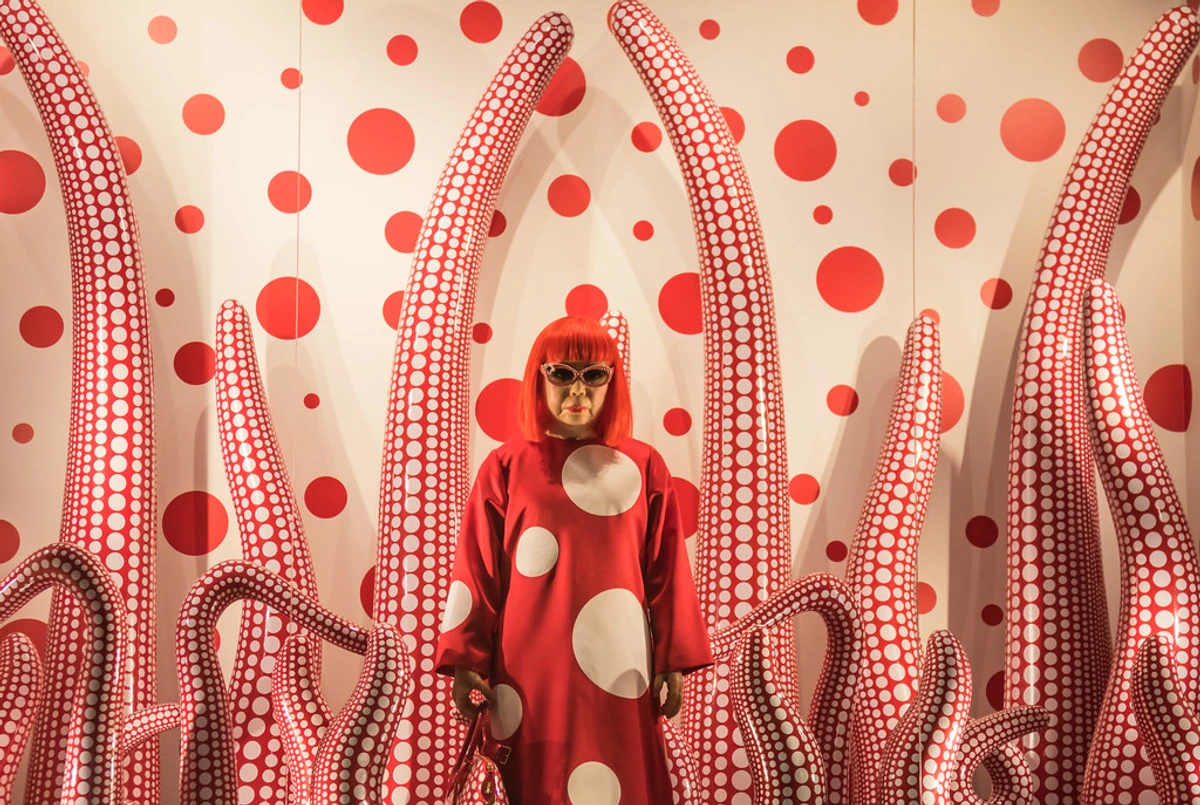
The Abstract Wonders: When Art Moves Beyond the Recognizable
If you've followed my work or visited my museum in Den Bosch, you'll know I have a soft spot for abstraction. The Tate Modern doesn't disappoint here. You'll encounter works that challenge your perception of what art can be, making you question if you're seeing what you think you're seeing. For me, abstract art is where artists often distill emotion, idea, or concept to its purest visual form, inviting us to feel rather than simply recognize. It's often where people say, "I just don't get it." And that's okay! Approach it with curiosity, not the pressure to understand. Sometimes the feeling is the understanding. Abstract shapes and colors, for example, can evoke feelings of calm or chaos, joy or melancholy, much like music does, without needing to represent a specific object or scene. It's about direct, emotional resonance.
On your journey, you'll find everything from the fragmented perspectives of Cubism (think Picasso's Weeping Woman if you've seen it, breaking objects into geometric forms to show multiple viewpoints simultaneously) and the dreamlike narratives of Surrealism (exploring the unconscious mind through bizarre and often unsettling imagery, like Salvador Dalí's melting clocks or Joan Miró's whimsical figures) to the vibrant statements of Pop Art (drawing on mass culture and consumerism, featuring everyday objects and media images, like Andy Warhol's iconic silkscreens or Roy Lichtenstein's comic-book style paintings) and the raw emotion of Abstract Expressionism (emphasizing spontaneous, gestural forms to convey inner feeling, famously by Jackson Pollock or Willem de Kooning). You might also stumble upon the stark simplicity of Minimalism (art reduced to its most essential forms, often large, geometric sculptures), the thought-provoking ideas of Conceptual Art (where the idea behind the art is more important than the finished art object, as famously exemplified by Marcel Duchamp's 'Fountain,' which challenged the very definition of art itself – a piece that always makes me chuckle, honestly, for its sheer audacity), or the playful deconstruction of Post-Modernism (questioning established truths and styles).
I've spent ages in front of a Gerhard Richter piece, captivated by his subtle blurring and layering of colors, often in large-scale abstract paintings that feel both monumental and deeply personal, like looking at a memory that's just out of reach. I remember one particular Richter piece that held me for twenty minutes, just a quiet hum of color that felt like a forgotten memory surfacing. Or a Joan Mitchell, whose raw, expressive brushstrokes convey such vibrant energy, just trying to unravel the layers of her dynamic, often chaotic canvases. And if you're lucky enough to find a Rothko on display, particularly in a dedicated room, prepare for an almost meditative experience. His large, glowing color fields don't just hang on the wall; they envelop you, demanding quiet contemplation. Sometimes it's the sheer scale, other times it's the unexpected burst of colour, or just the raw emotion conveyed without any recognizable form. It’s a wonderful reminder that art doesn't always have to 'look like' something to be something. It’s this freedom of interpretation, this invitation to simply feel, that really speaks to my own artistic sensibilities, deeply influencing how I approach my own abstract works. For a deeper dive into this rewarding journey, check out our guide to understanding abstract art. What feelings do you find abstract art evokes in you?

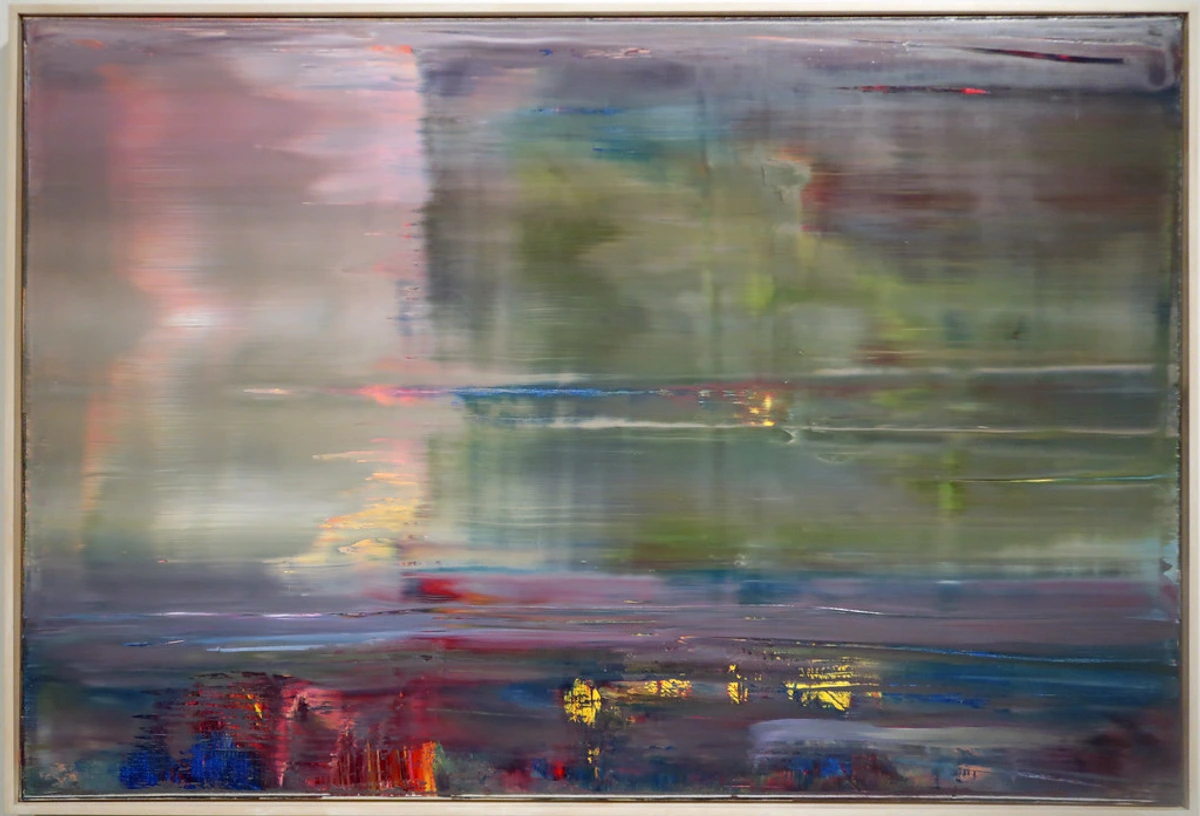
Some of the most challenging, yet rewarding, pieces I've encountered are those that step outside traditional mediums, like video art, performance installations, and digital works. Tate Modern is a pioneer in showcasing these often ephemeral and challenging mediums. I distinctly remember an exhibition featuring the work of Nam June Paik, a true pioneer in video art, whose multi-screen installations offered a dizzying commentary on media and society. You might also encounter live performance pieces that unfold right before your eyes, or digital installations that respond to your presence. My advice? Treat them like an experiment. Allow yourself to be curious, ask 'why' it's there, and don't feel pressure to 'understand' it immediately. Sometimes the beauty is in the bewilderment, the questioning itself. Pro Tip: Look for accompanying text panels or listen to audio guides. They often provide crucial context about the artist's intent or the historical significance of these more experimental works.
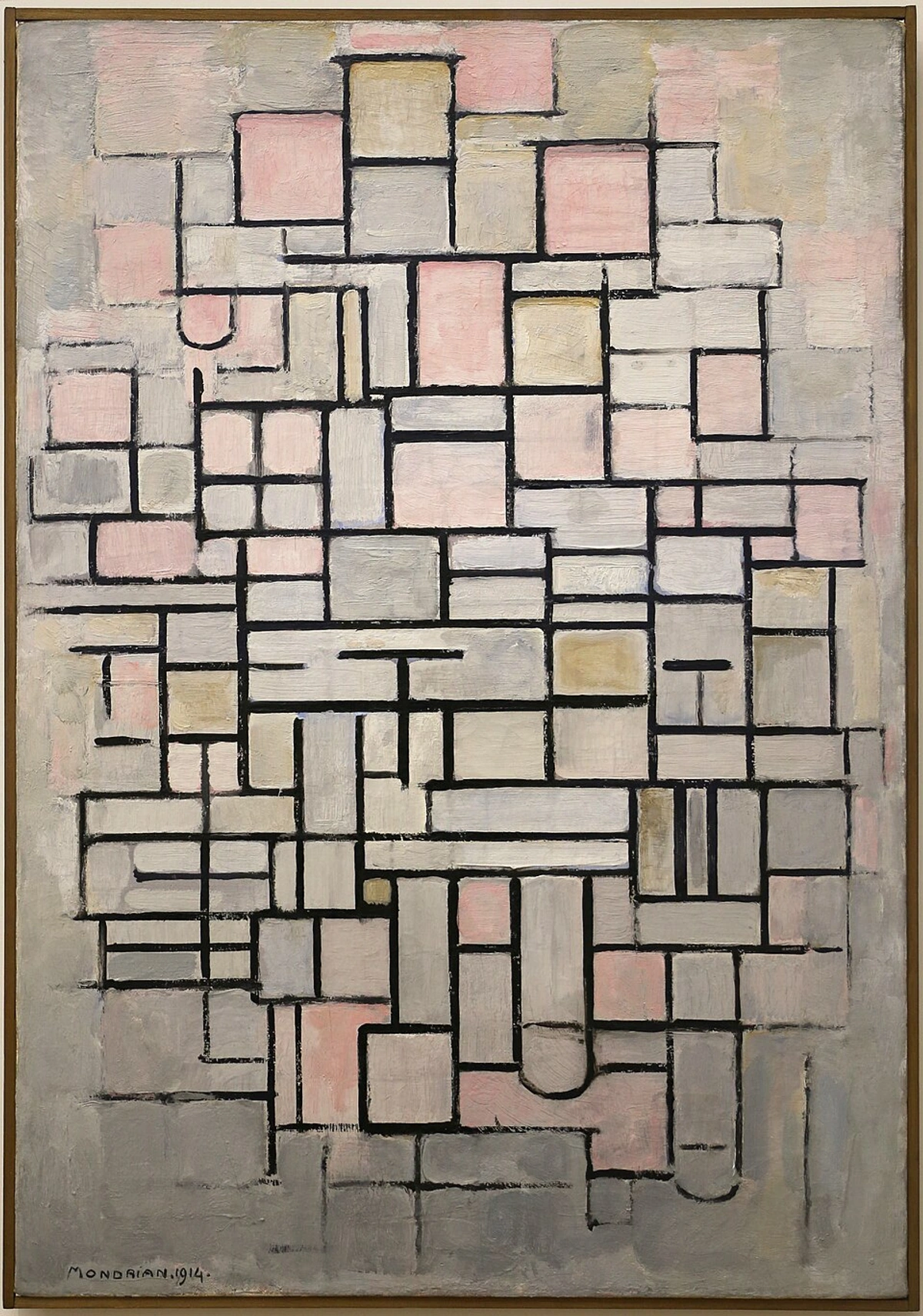
The Rebel Spirit: How Art Challenges the Status Quo
Walking through galleries dedicated to more contemporary works, you feel the pulse of urban energy. Seeing pieces by artists like Jean-Michel Basquiat – with his raw, powerful imagery drawn from street art, graffiti, and a deep understanding of cultural commentary, often featuring crowns, skulls, and cryptic text – always gets me. His work makes me confront uncomfortable truths and appreciate the power of art as a voice for the marginalized, reminding me that true rebellion isn't just about breaking rules, but about shattering complacency. Basquiat, for instance, challenged the traditional art market's exclusivity, his work exploding from the streets into galleries with an undeniable urgency. I remember seeing a Basquiat piece once that just stopped me dead in my tracks, forcing me to reckon with its urgent, raw honesty. It's a powerful reminder that art isn't just about pretty pictures; it's about dialogue, protest, and challenging the status quo – a spirit that deeply resonates with my own artistic desire to provoke thought and emotion. The Tate Modern actively champions this spirit, often acquiring works that push boundaries and spark debate. They've showcased powerful installations, for example, by artists like Kara Walker, whose explorations of race and identity are both stark and unforgettable through her large-scale silhouette narratives that re-contextualize historical injustices, or photographic series documenting social movements. The Young British Artists (YBAs) of the 1990s, like Damien Hirst and Tracey Emin, also famously sparked public debate with their provocative works, often displayed at Tate Modern, forcing audiences to question the very definition of art and its value.

And while you won't find a permanent Banksy installation, the spirit of street art and social commentary is very much alive in many of the works. Think photographic documentation of protest movements, installations addressing social inequality by artists like Kara Walker, or multimedia pieces exploring identity and belonging by figures such as Ai Weiwei, who uses his art to critique political power and human rights. These pieces really push you to think about art beyond the canvas, out in the world, influencing public discourse and our everyday lives. What pieces of art have challenged your perspective most profoundly? Tate Modern also plays a crucial role in supporting emerging artists through acquisitions and dedicated exhibition spaces, ensuring the next generation of boundary-pushers has a platform.
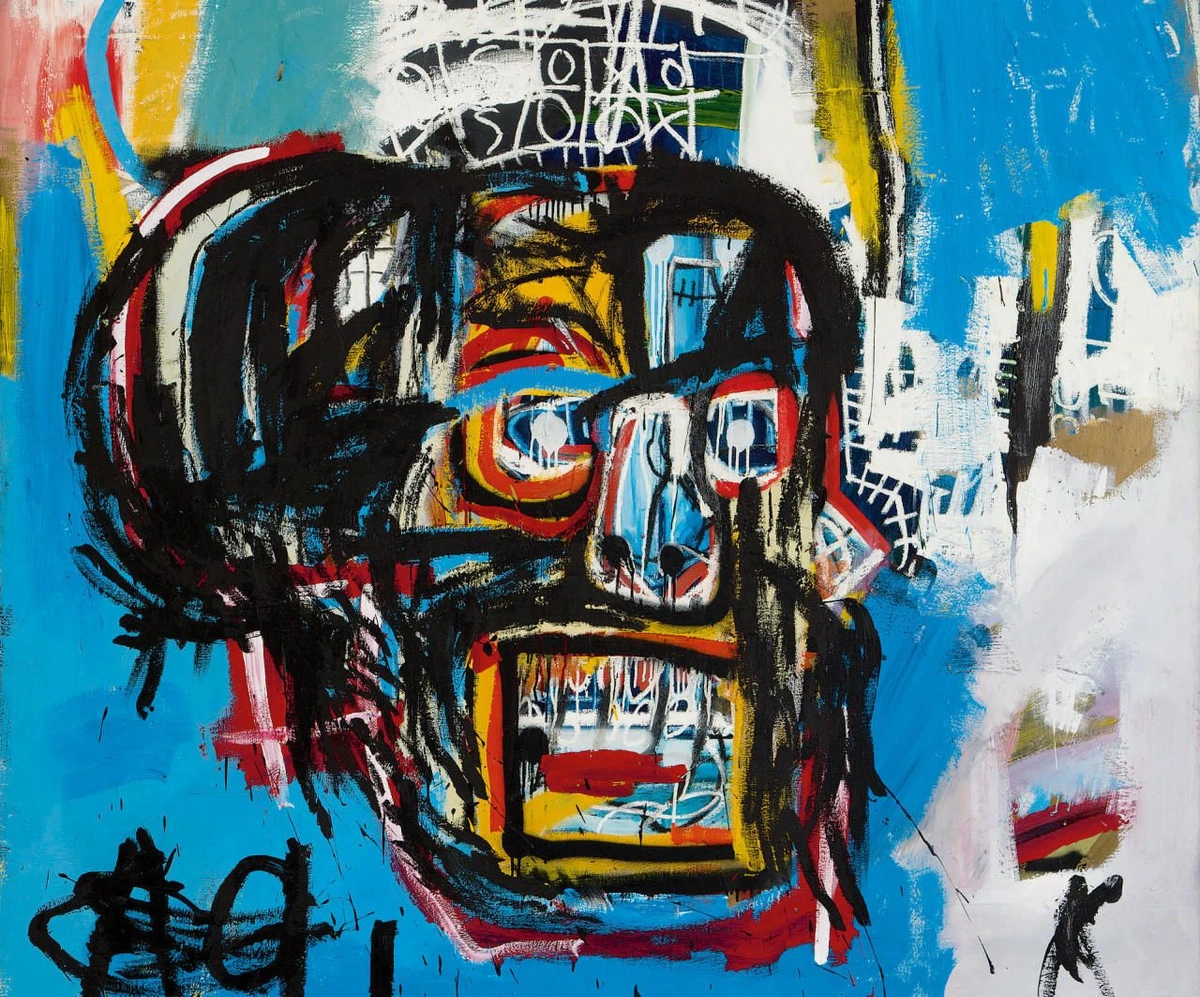
A Global Perspective on Modern Art: Broadening Our Horizons
What I truly appreciate about the Tate Modern is its unwavering commitment to showcasing modern and contemporary art from across the globe. It's not just a European or American story; it's a vibrant tapestry of artistic voices from Africa, Asia, Latin America, and beyond. I always feel a profound sense of discovery when I stumble upon a gallery dedicated to, say, Latin American abstraction with artists like Lygia Clark and Hélio Oiticica, or the burgeoning contemporary scenes from across the African continent, featuring artists such as Malangatana Ngwenya, El Anatsui (whose monumental tapestries of discarded bottle caps completely reframe notions of material and identity), or Zanele Muholi's powerful photography exploring identity and social justice. This isn't just about diversity for diversity's sake; it's about acknowledging that modernism wasn't a singular, Western phenomenon. Rather, it was a complex, multifaceted global dialogue that flourished in countless forms across the globe, each contributing vital perspectives to our shared human narrative. The Tate's commitment to showcasing this rich tapestry ensures we see a fuller, more complex picture of artistic evolution, challenging any narrow, Eurocentric view of art history. Personally, this global approach has profoundly reshaped how I understand art, revealing our shared humanity through incredibly diverse creative lenses. It's a potent reminder that innovation and expression know no geographical bounds, and it pushes us to question whose stories get told and how. This inclusive approach also extends to their robust art education and community engagement programs, making these profound global dialogues accessible to everyone and further solidifying its status as a leading cultural institution. Plus, their comprehensive online collection and digital resources mean you can continue exploring long after your visit! How does a global perspective on art change your understanding of history and culture?
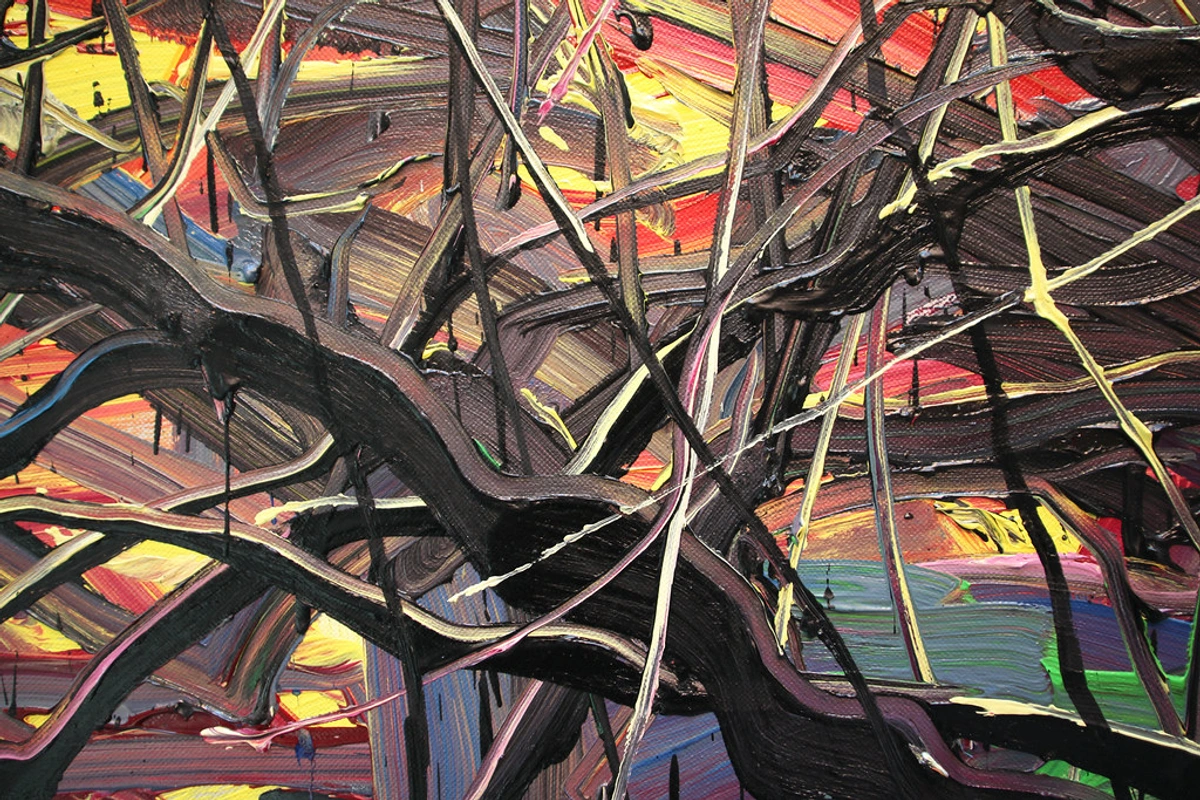
4. Planning Your Visit & On-Site Essentials
Booking Your Visit
For special exhibitions, I always recommend booking tickets online well in advance to avoid disappointment and queues – they often sell out! You can check the Tate Modern's official website under the 'Exhibitions' section for current and upcoming paid shows. For the permanent collection, which is wonderfully free, booking a timed entry slot online in advance is often highly recommended, especially during peak times, to guarantee your visit and minimize queuing.
Always check their official website before your visit for the most up-to-date opening hours, as these can vary, and also for information on public holidays, special event closures, or any temporary gallery changes. You'll find detailed info, including up-to-the-minute schedules and accessibility information, on their official website, which is always the best source.
On-Site Facilities
The Tate Modern is fully accessible, with lifts, ramps, and accessible toilets throughout the building, so it’s welcoming for everyone. For quick bites or a relaxed meal, they have several cafes and restaurants; more on that later! They also offer cloakroom facilities for bags and coats (usually for a small fee), which can be a real lifesaver if you plan on spending a few hours wandering without lugging your belongings around. Need to charge your phone after all those photos? You'll find free Wi-Fi throughout the museum, and often charging stations near cafes or seating areas, a welcome relief for any digital explorer.
Enhancing Your Experience & Curatorial Approach
If you're keen on a deeper dive, keep an eye out for free guided tours or talks offered throughout the day; they can offer fantastic insights into the collection, often from a fresh perspective. These tours can really open your eyes to why certain works are significant or how they fit into broader artistic movements. Tate Modern is also actively committed to sustainability, integrating eco-friendly practices in its operations and aiming to inspire dialogue around environmental themes through its programming. Beyond that, the Tate Modern also runs robust art education programs for all ages and engages deeply with its local community through various outreach initiatives, solidifying its role as more than just a gallery, but a living cultural institution.
One of the most defining aspects of Tate Modern's approach is its thematic hang. Unlike traditional museums that might display art chronologically, Tate Modern groups works by overarching ideas, emotions, or social commentaries. This means a 1920s Surrealist painting might sit beside a 2000s video installation, encouraging you to draw connections and see dialogues across different eras and geographies. It challenges conventional art history and makes the viewing experience a dynamic process of discovery rather than a linear narrative. This curatorial choice is designed to make you think, to engage with the art on a deeper, more conceptual level, and to reveal unexpected resonances between seemingly disparate works.
5. A Quick Note on Museum Etiquette
Just a few gentle reminders to ensure everyone has a pleasant visit: please don't touch the art (it's often more fragile than it looks, and we want future generations to enjoy them!), speak softly in the galleries, and be mindful of other visitors' space. Flash photography is usually prohibited, as it can damage artworks and distract others. Simple stuff, but it makes a big difference!
The View from Level 10: A Moment of Reflection
After all that art, you'll probably want a breather. As a perfect counterpoint to the intense engagement with the artworks, head up to Level 10 of the Blavatnik Building (the newer extension). The viewing platform offers absolutely stunning panoramic views of London – the winding Thames, the majestic St. Paul's Cathedral, the iconic Shard, the Gherkin, and the Walkie Talkie building. It's a perfect spot to just sit, reflect, and maybe even sketch a little. Sometimes, after hours of looking at art, looking out at the city itself becomes a kind of art – a living, breathing canvas of history and constant motion that never ceases to inspire me. It's a moment of calm perspective amidst the creative chaos, a reminder that art exists not just within these walls, but all around us, constantly evolving just like the city itself.
Beyond the Art: Amenities and Inspiration
Stepping away from the canvases and installations, the Tate Modern still offers plenty to explore and experience. Don't forget to refuel! The Tate Modern has several cafes and restaurants catering to different moods and appetites. There’s a wonderful restaurant on Level 6 of the Blavatnik Building with fantastic city views, perfect for a more relaxed meal. For something quicker, you'll find casual cafes dotted throughout the museum, serving sandwiches, pastries, and good coffee – essential for sustaining those deep artistic thoughts. I still remember the time a perfectly brewed flat white saved me from an abstract art induced existential crisis (just kidding, mostly).
Before you leave, the shop, too, is dangerously good. I usually leave with at least one art book or a quirky print. It’s a great way to take a little piece of the inspiration home with you, or perhaps even discover something similar to the contemporary prints you can explore on our site. This final act of collecting, whether it's a book or a print, feels like a tangible extension of the artistic journey, a way to keep the conversation going long after you've left the gallery walls.

Final Thoughts: Embrace the Unknown
My ultimate advice for a first-timer at the Tate Modern? Go in with an open mind. Don't worry if you don't 'get' every piece. Modern art isn't always about understanding; sometimes, it's about feeling, reacting, or simply asking why. Some pieces will resonate instantly, others might leave you scratching your head, and that's perfectly okay. It's all part of the conversation. I've learned that truly engaging with art, much like my own creative timeline, is a journey of continuous discovery, constantly evolving and revealing new insights. So, tell me, what artwork at Tate Modern (or anywhere!) has sparked a conversation within you? I'd love to hear your story, or better yet, go plan your own visit and experience it for yourself – and perhaps even find inspiration for your own space, much like the pieces you'd find at my museum in Den Bosch or among the art for sale on our site.
Frequently Asked Questions (FAQ)
Here are some quick answers to common questions about visiting the Tate Modern:
Q: Is the Tate Modern free?
A: Yes! The permanent collection is free to enter and explore. Special exhibitions usually require a paid ticket.
Q: How long does it take to see the Tate Modern?
A: It really depends on your interest level and available time. For a quick highlights tour focusing on the Turbine Hall and one or two major thematic wings, you might spend 2-3 hours. If you want a more in-depth exploration of several galleries and a break for food, allow 3-5 hours. A full, leisurely exploration could easily take 4-6+ hours. Don't feel pressured to see everything!
Q: What are the absolute must-sees for a short visit?
A: If you're short on time (say, 2 hours), I'd definitely suggest focusing on the awe-inspiring Turbine Hall installations and picking one thematic wing from the permanent collection that genuinely piques your interest – perhaps a floor dedicated to Pop Art, Abstract Expressionism, or the unique displays of Surrealism. A quick stop at the Level 10 viewing platform in the Blavatnik Building is also highly recommended for stunning city views and a breather.
Q: Which entrance is best to use at Tate Modern?
A: The main entrance is on the riverside, which can get very busy. For a potentially quieter entry, especially during peak times, consider using the Holland Street entrance at the back of the building. Both offer good access to the main areas.
Q: Can I take photos inside?
A: Generally, yes, photography for personal, non-commercial use is allowed in the permanent collection galleries. However, some special exhibitions or specific artworks may have restrictions, so always look for signage or ask staff if unsure. Flash photography is usually prohibited.
Q: Is there food and drink available?
A: Absolutely! The Tate Modern has several cafes and restaurants, ranging from casual eateries for a quick bite to a more formal restaurant on Level 6 of the Blavatnik Building with stunning city views. You'll also find places to grab coffee and pastries.
Q: Is it accessible for wheelchairs and strollers?
A: Yes, the Tate Modern is fully accessible, with lifts, ramps, and accessible toilets throughout the building. You can find detailed accessibility information on their official website.
Q: What should I wear for a visit?
A: Comfort is key! You'll be doing a lot of walking and standing, so comfortable shoes are a must. Layers are also a good idea, as temperatures can vary between galleries.
Q: Are there guided tours available?
A: Yes, the Tate Modern often offers free guided tours and talks throughout the day, providing deeper insights into the collections. Check their website or information desks upon arrival for the daily schedule and topics. They also offer audio guides.
Q: Can I bring a large bag or backpack?
A: While small bags are generally fine, large bags, backpacks, and luggage may need to be stored in the cloakroom for a fee. It's best to travel light if possible, especially on busy days.
Q: How do I get to Tate Modern from central London?
A: The Tate Modern is easily accessible. You can take the Tube to Blackfriars (District & Circle lines, then a short walk across the bridge), Southwark (Jubilee line), or London Bridge (Northern & Jubilee lines). Numerous bus routes also stop nearby. Walking across the Millennium Bridge from St. Paul's Cathedral is my personal favourite way to arrive!
Q: How do I find specific galleries or artworks?
A: The Tate Modern's website has an excellent 'Explore' section where you can search by artist, movement, or theme, and identify which building (Boiler House or Blavatnik Building) and floor they are on. I highly recommend checking it before your visit. Once there, you can consult the museum maps (available at information desks) or ask staff, who are usually very helpful, for directions.




